Pac-12 media rights disaster is hard to describe, but the details say it all

We all know the Pac-12 failed on an epic scale in allowing the conference to get blown apart. We all know the pursuit of a media rights deal turned into an all-time disaster, a memorable train wreck which will be written about for decades as an example of how not to negotiate.
We all know this. We all know the Pac-12 embarrassed and humiliated itself on a national scale, committing a mistake of biblical proportions.
It’s actually somehow worse than you might think. Yes, the Pac-12 is not led by great leaders. The conference is one big clown car.
It’s worse than that.
A report from Stewart Mandel of The Athletic detailed just how bad this process was. You can read it if you’d like to, but if you don’t, we’ll share the central details of it and add some commentary to fill in some of the blanks.
Let’s go inside the final, disastrous failure which essentially ended the Pac-12 Conference as we know it:
NOT WHAT THEY WERE EXPECTING
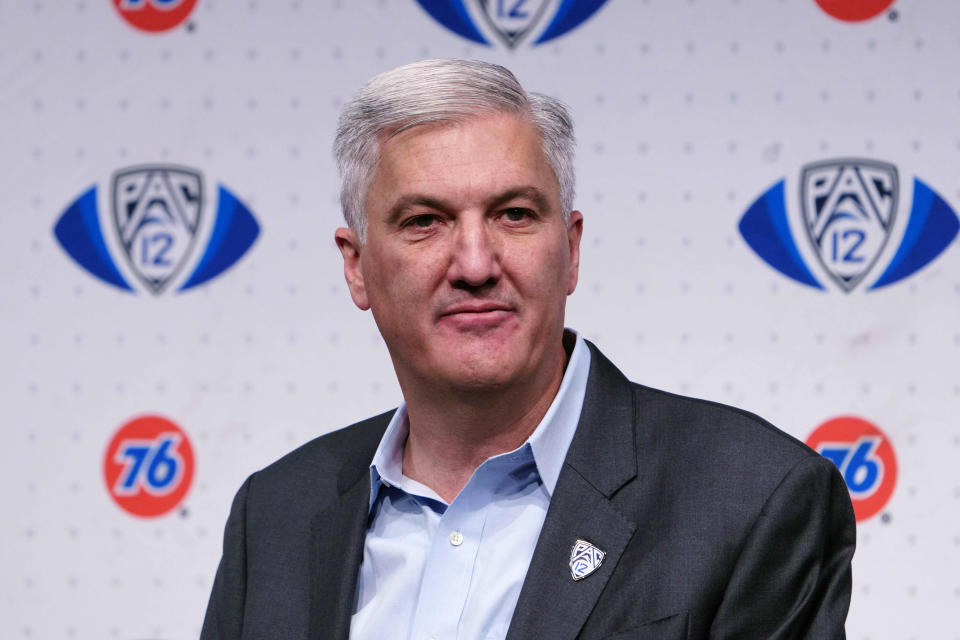
The first eye-opening detail of this miserable mess which has destroyed the Pac-12: The media deal was not (at least in its entirety) what the presidents and chancellors were expecting.
Keep in mind that the Pac-12 had 30 board meetings in which Kliavkoff was involved over the past 13 months. They still couldn’t manage to be on the same page late in this media rights process, a process which never was completed (because the Pac-12 collapsed and schools went to other conferences).
It’s beyond words, really, but the point is that the details paint the picture quite sufficiently. Explanations aren’t that necessary (at least not immediately).
Let’s continue with those details below:
NO LINEAR TV OUTLET
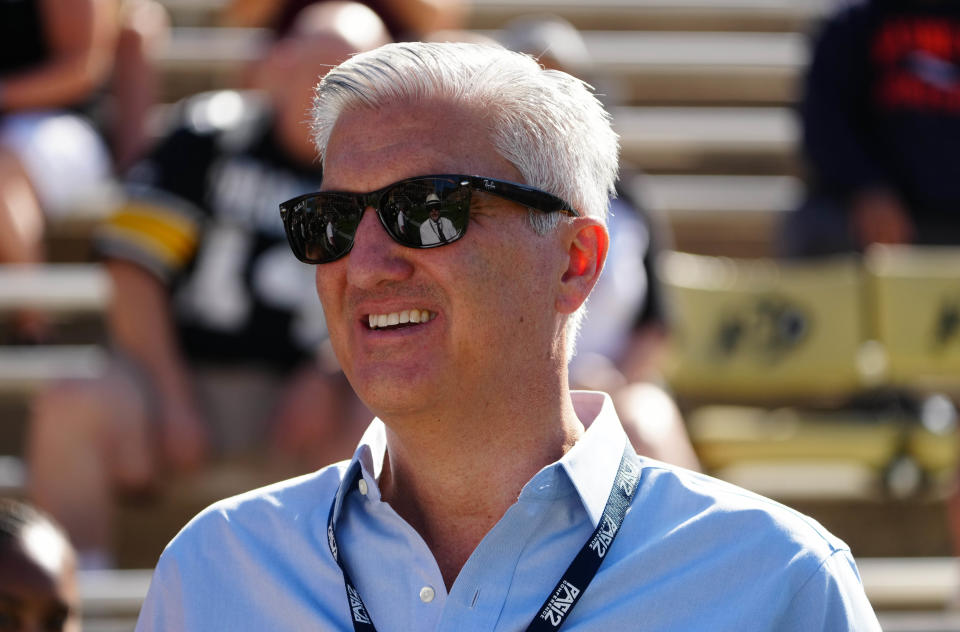
The next damning detail: There was not a linear TV component to this deal. It was assumed all along that a linear component and a digital (streaming) component would both be part of the Pac-12 media rights package. The Pac-12 was going to get a balanced deal which married increased visibility with enough revenue to make member schools happy — happy enough to not leave for other conferences.
APPLE WITH MLS SOCCER
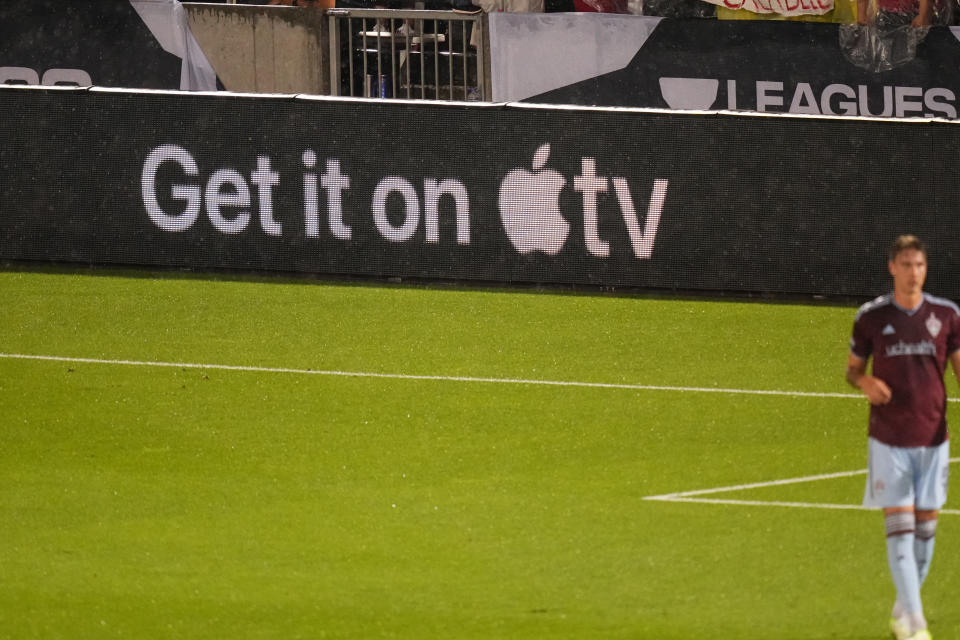
Apple TV MLS broadcasts are sometimes simulcast on Fox. While Fox was never going to be a Pac-12 media partner due to its massive investment in the Big Ten, the larger point is that any deal with Apple should have had a simulcast component.
This one did not. What an unforced error (in a series of many such errors).
LATE JULY DEAL FALLS APART
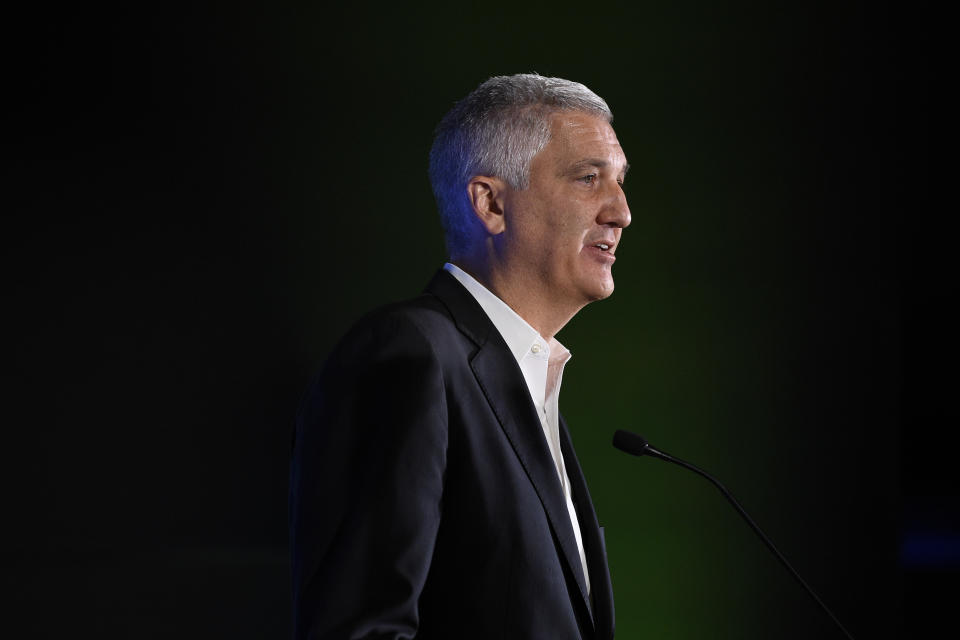
Another media partner emerged as a possibility, but a deal with that other (non-Apple) partner fell apart in late July, according to Mandel’s report at The Athletic. This media partner — which was not disclosed — was not part of initial talks. It emerged in recent weeks, according to inside sources.
The failure here is not so much this late-stage deal, but that the Pac-12 had a year (since USC and UCLA left for the Big Ten in the summer of 2022) to get a linear TV deal and could never settle on anything. That’s the problem, more than this 11th-hour deal falling apart. This is less the cause of the Pac-12’s mess than a symptom of it: waiting way too long to make something happen, unlike Brett Yormark and the proactive Big 12.
ARIZONA STATE
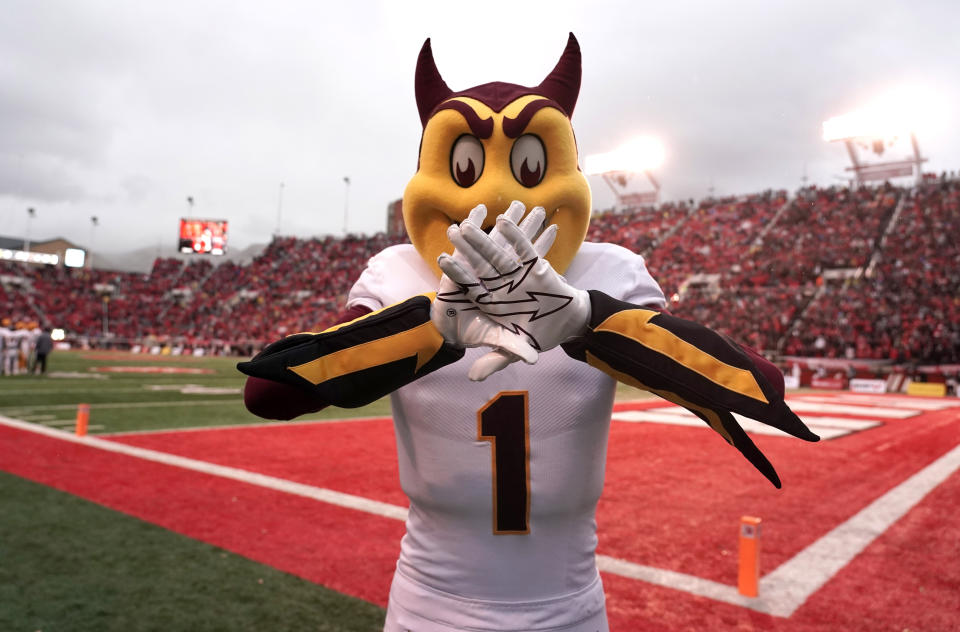
Arizona State president Michael Crow delivered this word salad in support of the Apple deal last week: “A technological 23rd century Star Trek thing with really unbelievable capability that ASU was very interested in.”
Michael Crow was an ardent defender of Larry Scott during the former commissioner’s destructive reign in the Pac-12. You don’t have to wonder very long why — and how — the Pac-12 died. Michael Crow is a central reason why. Crow wanted to stay in the Pac-12 but plainly didn’t create conditions conducive to that outcome.
OREGON STATE AD IS RIGHTLY MAD, BUT FOR THE WRONG REASON

Oregon State Athletic Director Scott Barnes said “I’m furious. We were literally hours away from a deal that everybody could embrace.”
Oregon State and Barnes are right to be furious. The Pac-12 failed them, a school with very little if any leverage compared to the schools which have safely made their way to the Big Ten and Big 12.
However, the conference wasn’t that close to a deal. Other schools didn’t like it. The failure, as we have noted above, was in wasting 12 whole months since the USC-UCLA move to the Big Ten a year ago, and in not getting something done sooner.
OUR ANALYSIS
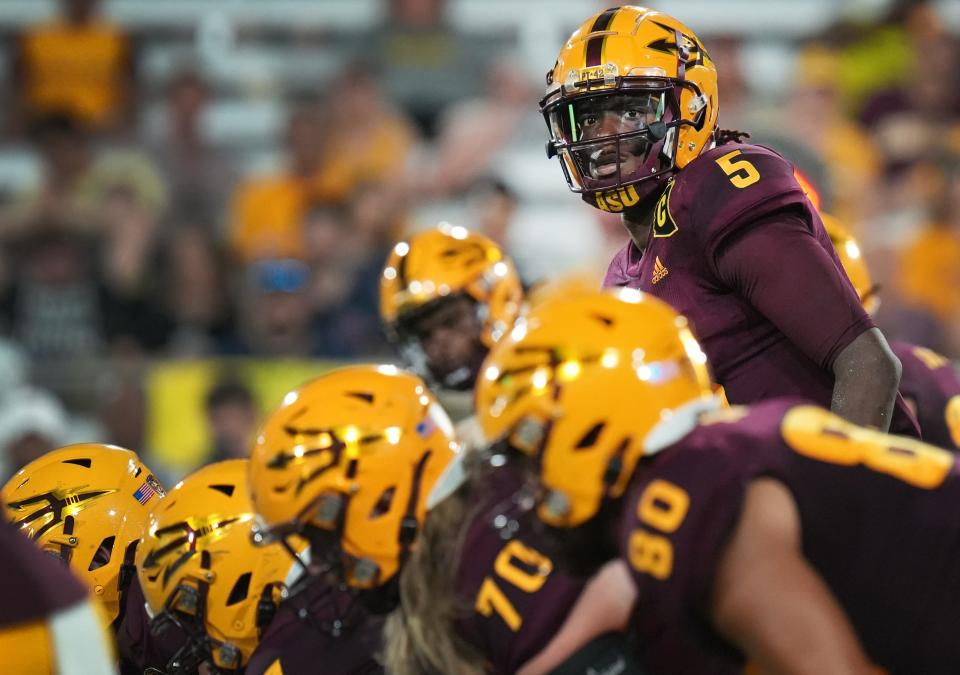
The dysfunction in the Pac-12, and the enormity of the conference’s failure, can be found in many places. One of the more obvious and glaring ones is that Arizona State plainly did not want to go to the Big 12. The president (Crow) and the athletic director (Ray Anderson) do not like any of this … but they had no choice. How could a conference mess up so badly that schools which had no desire to leave (Utah is another example) eventually had no choice but to leave?
Epic. Incompetence.
THE LONGER IT GOES...
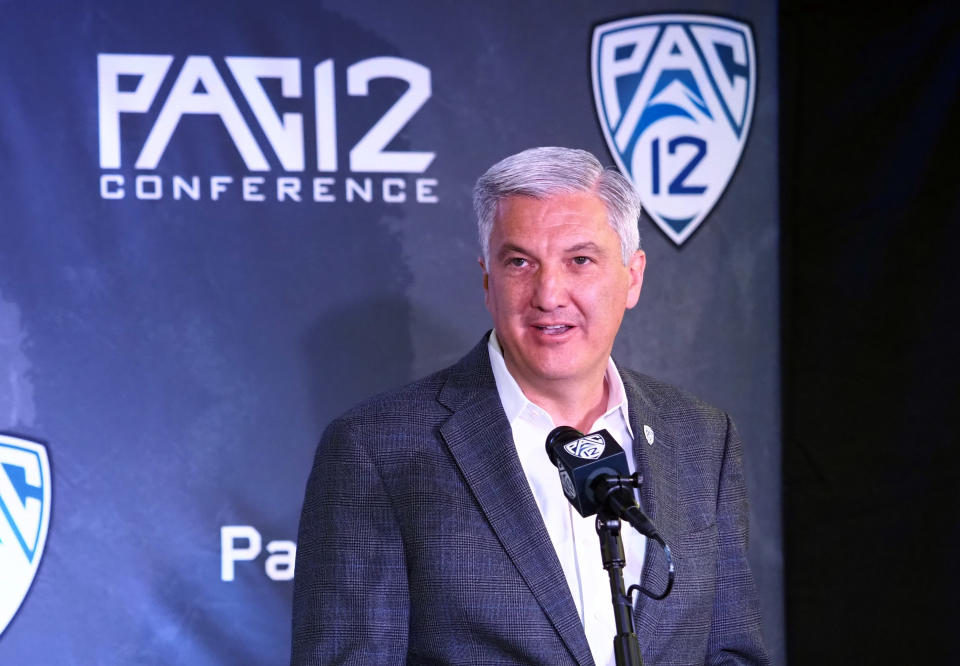
Kliavkoff infamously said the longer negotiations went, the better it was for the Pac-12. We can see in retrospect that the prolonged nature of negotiations led to ESPN and other possible media partners getting cold feet in the industry and becoming progressively less willing, not more, to arrive at a deal.
The Pac-12 gave ESPN more time to shy away from a commitment, the exact opposite of what it hoped for. All of this reinforces the need for the Pac-12 to have arrived at a reasonable price point — not a great one, but a reasonable one — in order to save the conference.
For 12 months, the conference misplayed its cards. The instructive point: Getting a deal done after four or five months would have spared the Pac-12 the past seven to eight months of misery … not to mention this final, disastrous outcome.
Play your cards right in five months, you don’t have to worry about misplaying cards over the next seven.

